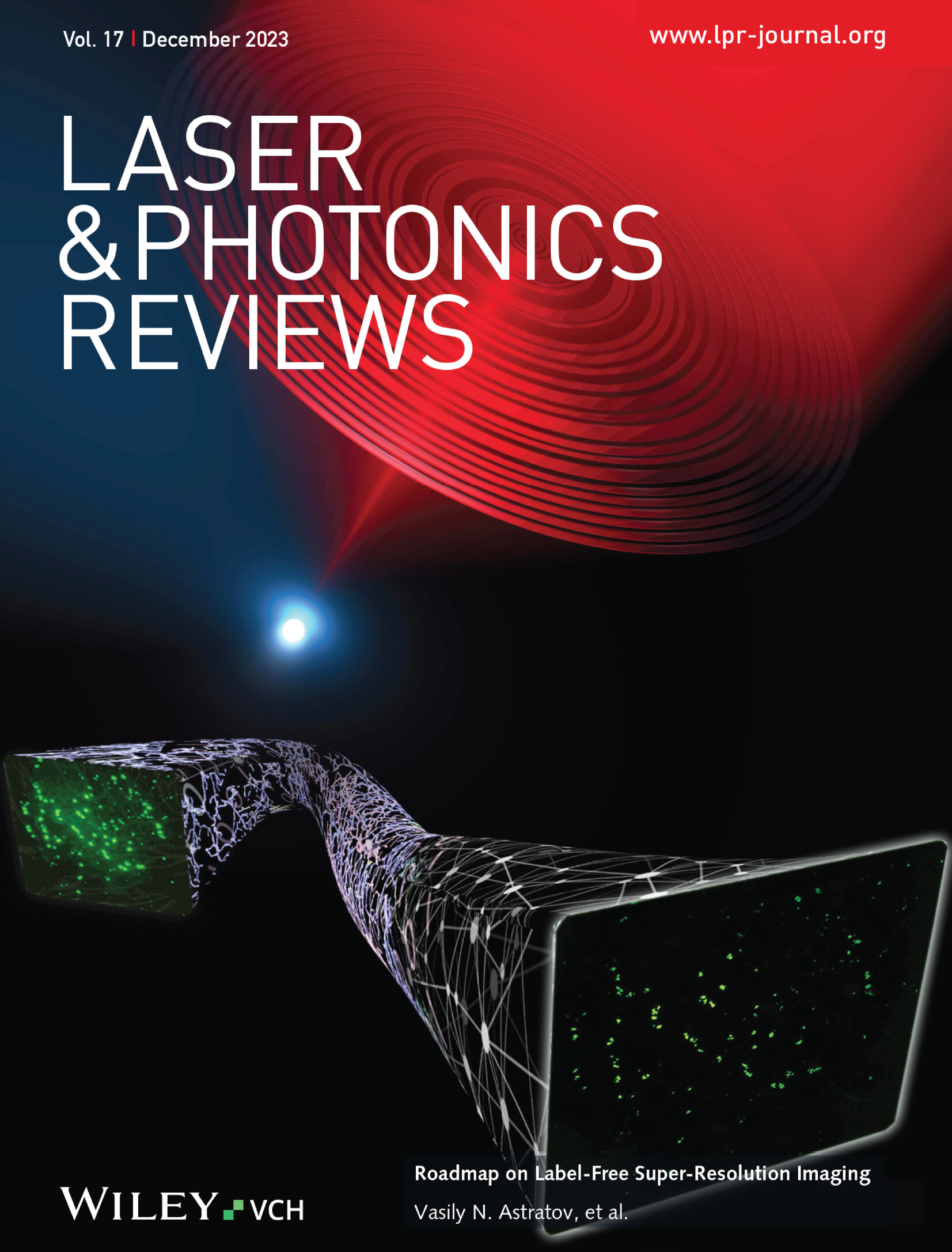Enhanced and Polarity-Switchable Photoresponse in MoS2 with Asymmetric Metal Contact via Pressure Band Engineering
IF 9.8
1区 物理与天体物理
Q1 OPTICS
引用次数: 0
Abstract
The burgeoning demand for efficient photoelectric devices has ignited a fervent exploration of strategies for regulating their performance. Herein, the enhancement and polarity switching in the photoresponse of MoS2 photovoltaic devices with asymmetric electrodes are showcased by employing a pressure band engineering strategy. Specifically, the photoresponse of the Pt/MoS2/Ag setup escalates from 2 A W⁻¹ at 0.5 GPa to 4 A W⁻¹ at 2.3 GPa, showcasing a twofold enhancement, while displaying a successive decrease under higher pressure. Unforgettable is the fascinating and uncommon polarity switching behavior observed at 5.0 GPa in the Pt/MoS2/Au device, accompanied by a gradual decrease in photoresponse, implying its potential applications in logic gate devices. The dynamic evolution of photoresponse in Pt/MoS2/Ag and Pt/MoS2/Au devices can be ascribed to the variations in the bandgap, electron affinity, and work function of MoS2 under high pressure, arising from the intensified interlayer interactions within MoS2. These findings validate the feasibility of enhancing photovoltaic device performance under pressure and unveil new avenues for exploring, manipulating, and comprehending high-efficiency and multifunction photoelectric devices.

基于压力带工程的非对称金属接触MoS2的增强和极性可切换光响应
对高效光电器件的需求不断增长,引发了对其性能调节策略的热烈探索。本文通过采用压力带工程策略,展示了非对称电极MoS2光伏器件的光响应增强和极性切换。具体来说,Pt/MoS2/Ag的光反应从2a W⁻(0.5 GPa)上升到4a W⁻(2.3 GPa),显示出两倍的增强,同时在更高的压力下显示出连续的下降。令人难忘的是,在Pt/MoS2/Au器件中,在5.0 GPa下观察到迷人而不寻常的极性开关行为,伴随着光响应的逐渐下降,这意味着它在逻辑门器件中的潜在应用。Pt/MoS2/Ag和Pt/MoS2/Au器件中光响应的动态演变可以归因于MoS2在高压下的带隙、电子亲和和功函数的变化,这些变化是由MoS2内部层间相互作用加剧引起的。这些发现验证了在压力下提高光伏器件性能的可行性,为探索、操纵和理解高效多功能光电器件开辟了新的途径。
本文章由计算机程序翻译,如有差异,请以英文原文为准。
求助全文
约1分钟内获得全文
求助全文
来源期刊
CiteScore
14.20
自引率
5.50%
发文量
314
审稿时长
2 months
期刊介绍:
Laser & Photonics Reviews is a reputable journal that publishes high-quality Reviews, original Research Articles, and Perspectives in the field of photonics and optics. It covers both theoretical and experimental aspects, including recent groundbreaking research, specific advancements, and innovative applications.
As evidence of its impact and recognition, Laser & Photonics Reviews boasts a remarkable 2022 Impact Factor of 11.0, according to the Journal Citation Reports from Clarivate Analytics (2023). Moreover, it holds impressive rankings in the InCites Journal Citation Reports: in 2021, it was ranked 6th out of 101 in the field of Optics, 15th out of 161 in Applied Physics, and 12th out of 69 in Condensed Matter Physics.
The journal uses the ISSN numbers 1863-8880 for print and 1863-8899 for online publications.

 求助内容:
求助内容: 应助结果提醒方式:
应助结果提醒方式:


